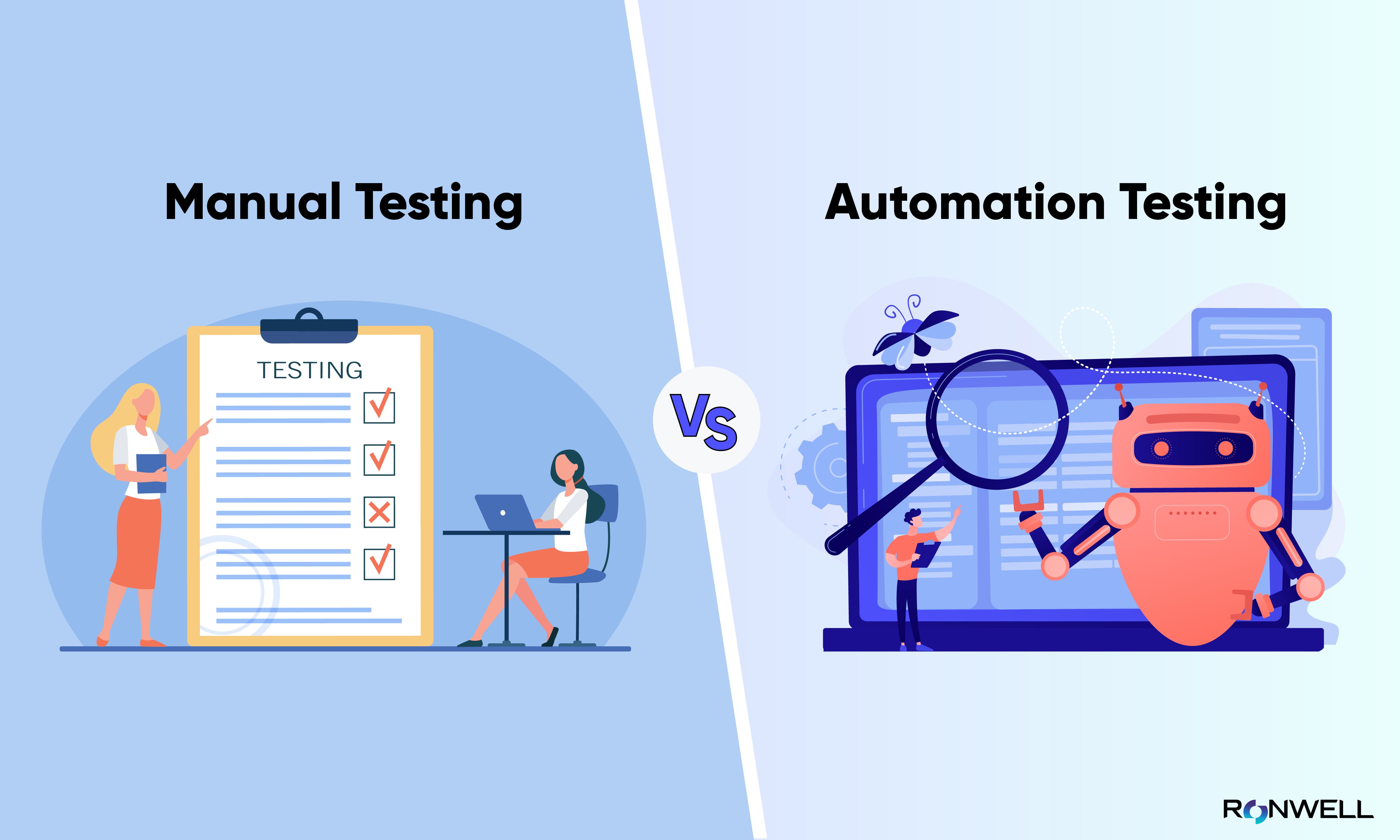Automation Testing Methods: Ideal Practices for Seamless Assimilation
Automation Testing Methods: Ideal Practices for Seamless Assimilation
Blog Article
The Future of Software Development: Using the Possible of Automation Evaluating for Faster, Extra Reliable Launches
In the world of software advancement, the mission for faster, more trusted launches has long been a central emphasis. As modern technology developments and consumer expectations develop, the function of automation screening in accomplishing these objectives has ended up being increasingly famous - automation testing. The potential advantages of automation testing are substantial, appealing not only to speed up launch cycles however also to improve the general high quality and consistency of software. In a landscape where speed and accuracy are critical, utilizing the abilities of automation testing stands as a critical technique for remaining in advance.
The Power of Automation Checking
In the world of software growth, the implementation of automation screening has shown to dramatically enhance efficiency and high quality assurance procedures. By automating lengthy and repetitive hands-on testing tasks, software program teams can simplify their screening initiatives, decrease human errors, and accelerate the general development lifecycle. Automation screening allows for the quick execution of test cases throughout different environments and arrangements, supplying designers with fast feedback on the quality of their code changes.
One of the key advantages of automation screening is its capability to raise examination protection, guaranteeing that more attributes and performances are completely tested. This detailed screening approach assists recognize flaws early in the advancement cycle, minimizing the chance of expensive insects getting to production. Additionally, automation testing promotes continual combination and continual distribution practices, enabling teams to launch software updates much more regularly and reliably.
Accelerating Launch Cycles
The velocity of release cycles in software program development is vital for staying competitive in the rapidly evolving tech landscape. Shortening the time between releases permits companies to respond quickly to market needs, include customer responses without delay, and outmatch competitors in providing cutting-edge features. By leveraging and adopting active techniques automation testing tools, development teams can simplify their processes, determine bugs previously, and ensure a higher top quality item with each launch.
Speeding up launch cycles likewise enables software application business to maintain an one-upmanship by swiftly addressing safety vulnerabilities and adjusting to transforming governing demands. Constant releases help in building customer trust and loyalty as customers profit from continuous renovations and pest repairs. This iterative method cultivates a society of constant enhancement within growth teams, urging partnership, development, and a concentrate on delivering value to end-users.
Ensuring Regular Quality Control
Amid the sped up launch cycles in software advancement, preserving regular quality assurance comes to be extremely important for guaranteeing that each model meets the highest possible requirements of performance and reliability. Constant quality control includes a methodical approach to testing and reviewing software application to identify and correct any type of problems or problems quickly. To achieve this, software application link advancement teams must develop durable QA procedures that are integrated throughout the development lifecycle. This consists of specifying clear high quality requirements, performing thorough screening at each phase of growth, and leveraging automation screening tools to simplify the procedure.
Conquering Common Testing Challenges
Addressing and settling typical testing obstacles is crucial for making certain the efficiency and effectiveness of software growth processes. One prevalent difficulty is the lack of detailed examination coverage, where testers might forget certain circumstances, bring about prospective insects slipping into the end product. This issue can be minimized by extensive examination planning, integrating diverse testing methods, and leveraging automation screening to boost insurance coverage. One more common difficulty is the maintenance of examination scripts, especially in agile environments where frequent adjustments take place. Examination manuscript maintenance can be streamlined by utilizing robust examination automation frameworks that offer easy manuscript adjustments and updates. Furthermore, coordinating screening efforts across different teams and divisions can pose a difficulty as a result of interaction spaces and differing top priorities (automation testing). Implementing clear interaction networks, developing standardized procedures, and promoting collaboration through devices like problem trackers and project management systems can help conquer this difficulty and make sure smooth screening control. By proactively addressing these obstacles, software program growth teams can improve the quality and dependability of their launches.
Implementing Automation Examining Techniques

When the test cases are selected, teams must invest time in creating durable examination scripts that are maintainable, multiple-use, and scalable. Collaboration between testers, designers, and stakeholders is critical to guarantee that the automation screening lines up with the total job goals and demands. Continual integration and read the article release pipelines can even more improve the automation screening process by instantly setting off examinations whenever brand-new code is dedicated. By taking on automation testing methods, software application growth groups can accomplish faster evaluating cycles, greater examination insurance coverage, and ultimately provide more trusted software application launches.
Verdict
To conclude, automation screening supplies a powerful tool for increasing release cycles, making certain regular high quality guarantee, and conquering common testing difficulties in software growth. By utilizing the capacity of automation screening techniques, organizations can attain quicker and more reliable launches. automation testing. Embracing automation screening is essential for staying competitive in the hectic world of software application development

In conclusion, automation screening offers an effective tool for increasing release cycles, making certain constant quality assurance, and overcoming typical testing difficulties in software advancement.
Report this page